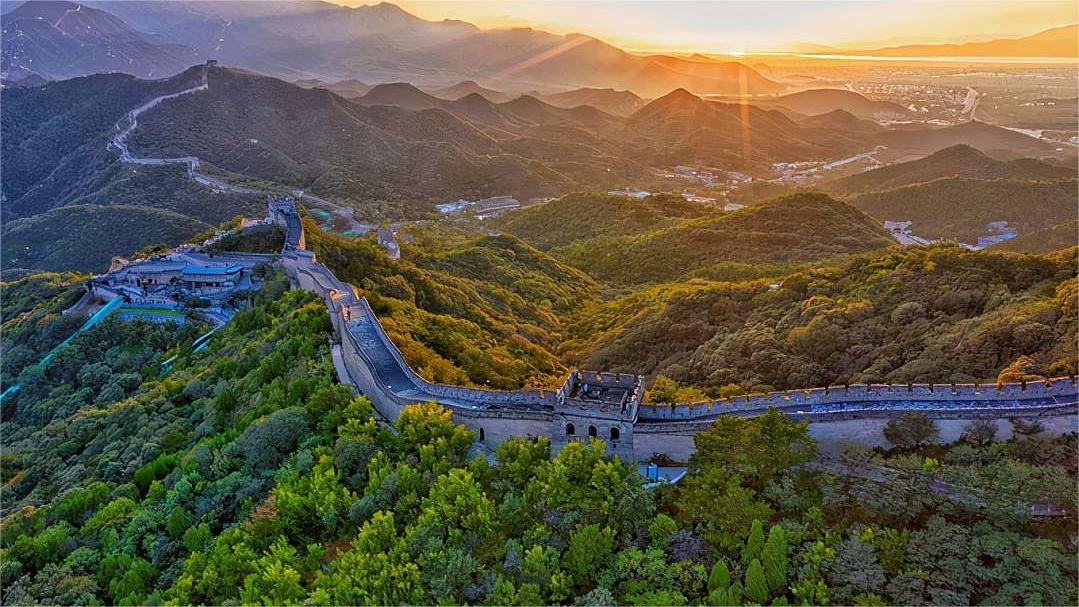The Great Wall of China, one of the most iconic structures in human history, is not solely located in Beijing, but it does pass through the northern part of the city. The wall stretches across northern China, covering approximately 13,000 miles (21,196 kilometers). Its construction began over 2,000 years ago, during the Qin Dynasty (221–206 BCE), and it underwent various expansions and renovations during subsequent dynasties.
The Great Wall was built for multiple purposes, primarily as a defense mechanism against invasions from nomadic tribes and military incursions from the north. It served as a formidable barrier, with watchtowers and garrison stations strategically placed along its length. The sections of the wall that exist today represent the collective efforts of different dynasties throughout Chinese history.
One of the most well-known sections of the Great Wall, called the Badaling Great Wall, is situated in Yanqing District, about 50 miles (80 kilometers) northwest of central Beijing. Badaling is a popular tourist destination due to its accessibility and the well-preserved condition of the wall in that area. The proximity of the Badaling section to Beijing makes it a convenient site for visitors to experience the grandeur of the Great Wall.
In addition to Badaling, there are several other sections of the Great Wall that pass through or are located near Beijing. Another notable section is Juyongguan, located approximately 37 miles (60 kilometers) from central Beijing. Juyongguan served as a key military stronghold, and its strategic location made it an important pass along the wall.
Mutianyu, another well-preserved section, is about 42 miles (68 kilometers) northeast of Beijing. It features a combination of natural beauty and historical significance, surrounded by lush forests and offering panoramic views of the surrounding landscape.
Simatai, Gubeikou, and Jinshanling are other sections of the Great Wall that are relatively close to Beijing, each with its unique characteristics and historical significance. These sections vary in terms of accessibility, level of restoration, and the overall hiking experience they offer.
While the Great Wall is not confined to Beijing, the sections that pass through or are near the city have become popular tourist destinations. Visitors to Beijing often include a trip to the Great Wall as part of their itinerary to witness this engineering marvel and experience the historical and cultural significance it holds for China.
In conclusion, while the Great Wall of China is not exclusively located in Beijing, the city is home to several well-known sections of the wall, such as Badaling, Juyongguan, Mutianyu, Simatai, Gubeikou, and Jinshanling. These sections serve as important cultural and historical landmarks, attracting visitors from around the world who seek to explore the grandeur and significance of this ancient marvel. The Great Wall stands as a testament to the ingenuity and determination of the Chinese people throughout different dynasties in their efforts to safeguard their civilization from external threats.


